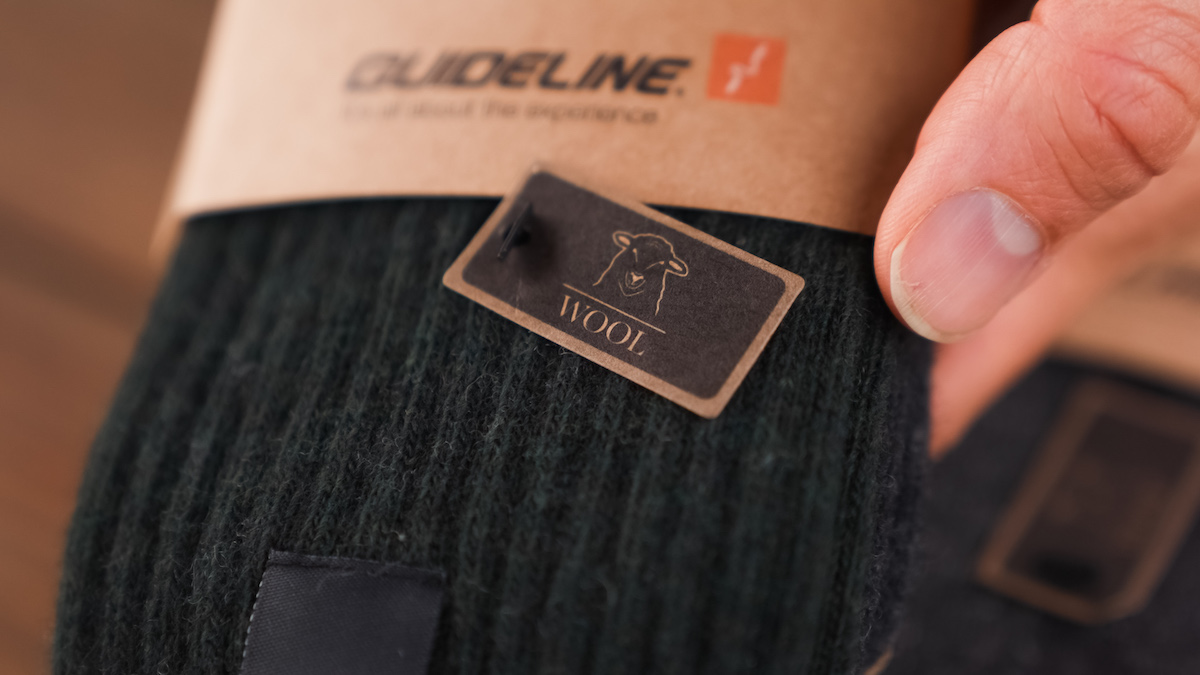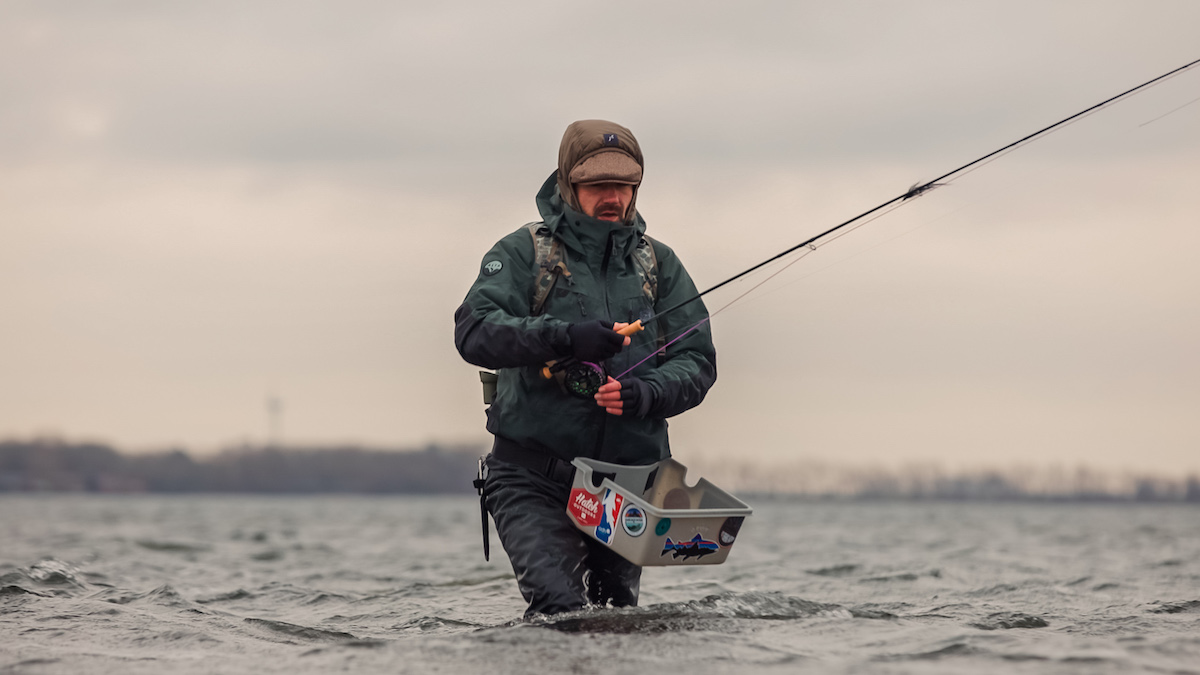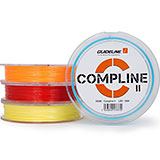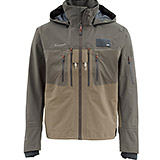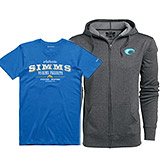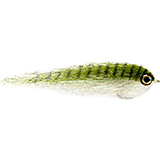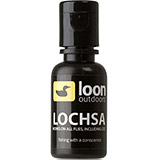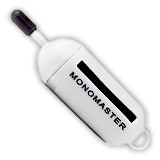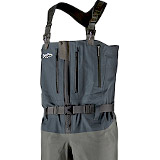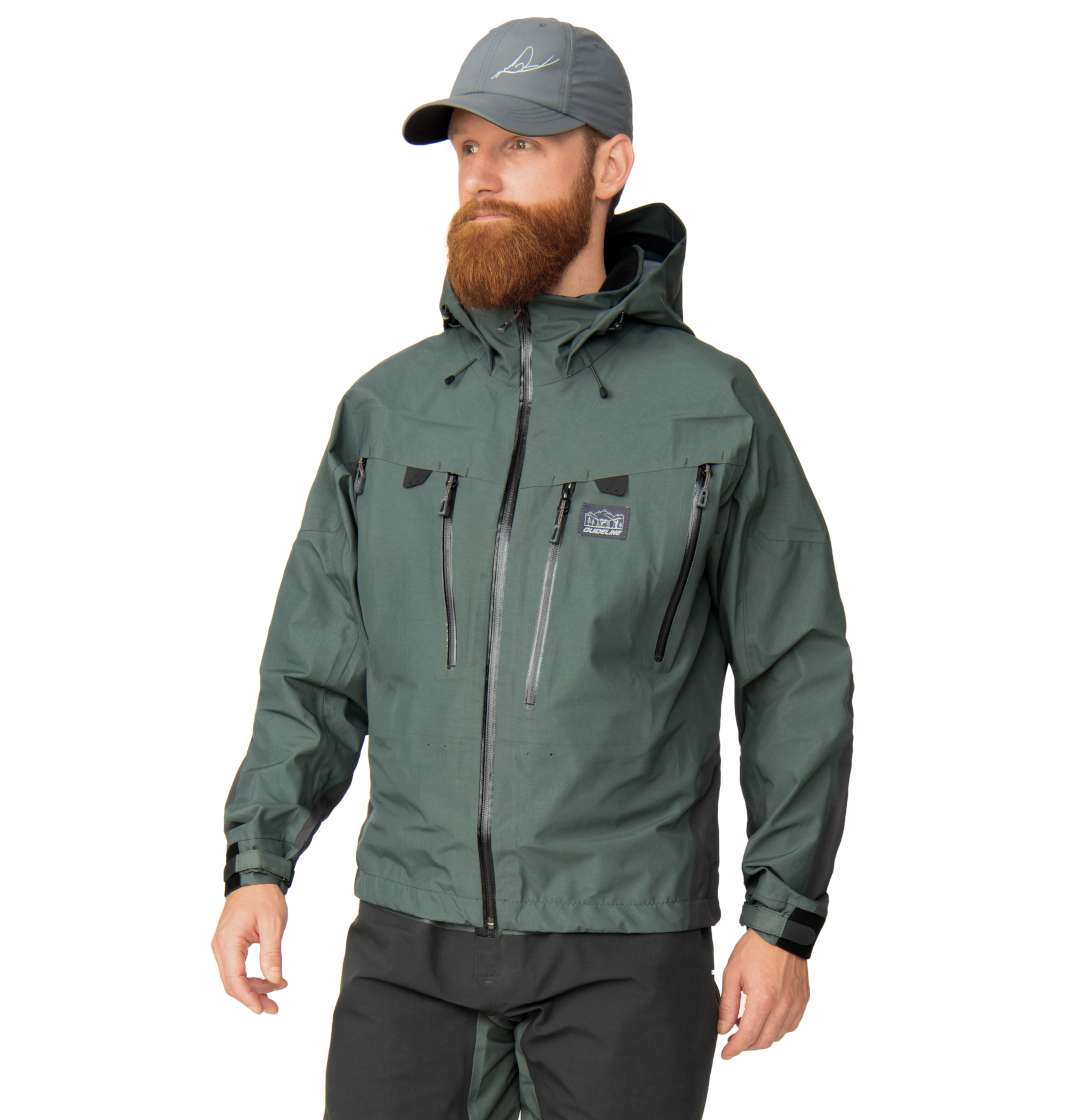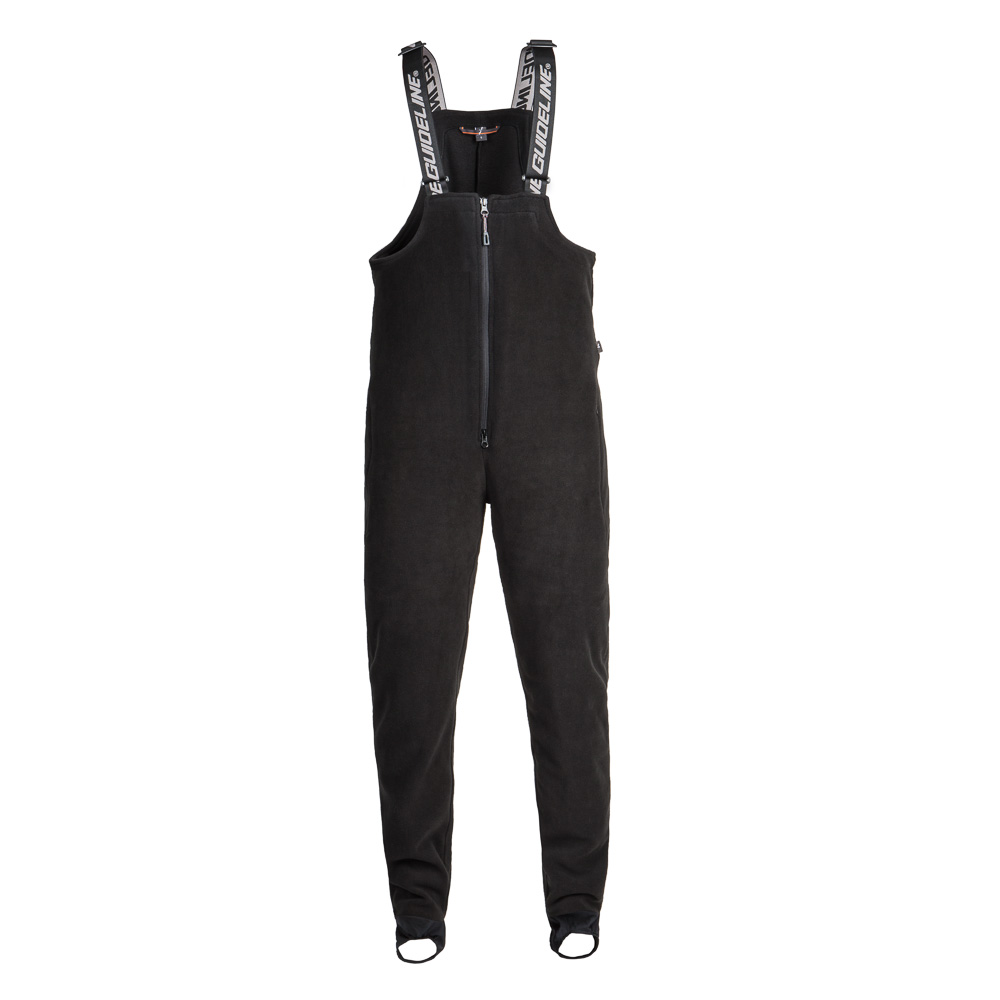Layering, done properly - with Guideline!
The cold months present a challenge for us fly fishers: wading in icy rivers for hours, waiting for the perfect pike strike at freezing temperatures, or braving freezing coastal winds. To fish comfortably, dry, and warm in all weather conditions, wearing the right clothing is crucial. The layering principle is the key to success. By combining different layers of clothing that work together, you can stay focused on fishing. In this video, we explain how to use layers effectively, which products work best, and what to look for when buying your gear.
Why Layering?
Cold, moisture, and icy winds are the greatest challenges in fly fishing. The right clothing ensures you stay optimally insulated and retain your body heat, even when faced with sweat, rain, or wind. Each layer has a specific role:
1. Base Layer: Wicks moisture away from the skin.
2. Mid Layer: Provides light warmth and transfers moisture further.
3. Insulation Layer: Retains warmth for cold conditions.
4. Outer Layer: Protects against wind, rain, and snow.

Ready for a long winter day by the water - with proper layering
1. Base Layer – Your Foundation for Dryness
The base layer sits directly against your skin and is crucial for staying dry. It quickly wicks away sweat to prevent cooling.
Materials: Merino wool and synthetics are ideal. Merino wool naturally resists odor and provides warmth, even when wet. Synthetics dry exceptionally fast.
Our Tip: A set of long underwear and a long-sleeved shirt is the perfect foundation for a worry-free day by the water. Choose merino wool, synthetic materials, or a blend to combine the best of both worlds. The long pants and top are soft, breathable, and perfect for long days by the water. The first layer should fit snugly against your skin to efficiently wick away moisture!
2. Mid Layer – Your First Warmth Layer
The mid layer provides the first layer of warmth and transfers moisture further away from your body. In moderate temperatures, this layer is worn directly under the outer layer.
Materials: Fleece and other technical fabrics are ideal. They provide warmth without bulk, dry quickly, and resist odors. Mid layers for both the upper and lower body come in various designs for different temperature ranges.
Our Tip: The Guideline Fleece Bib is a classic! It’s an excellent choice for cold days, providing exceptional warmth without restricting your casting movement. The snug cuffs and elastic stirrup prevent it from riding up in waders, and the long front zipper offers maximum comfort for long days by the water. This minimalist one-piece is designed specifically for fly fishers standing in cold water for extended periods.
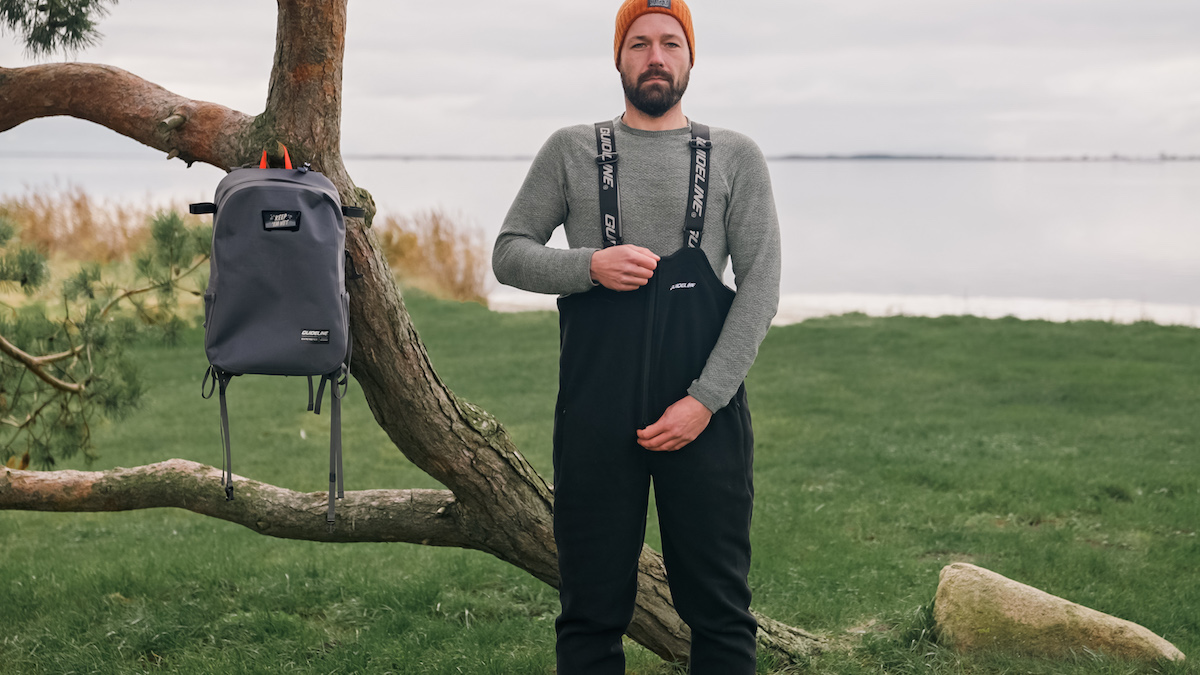
The perfect mid layer for cold days - Guideline Fleece Bib
3. Insulation Layer – Extra Warmth for Cold Days
When it gets truly cold, the insulation layer comes into play. This layer traps body heat without compromising mobility.
Materials: Down, PrimaLoft®, or other synthetic insulation materials offer an optimal warmth-to-weight ratio. Synthetics are lighter, water-repellent, and insulate even when damp.
Our Tip: The Loft Series from Guideline offers everything we expect from a reliable insulation layer – and more! The GuideLoft insulation, made from recycled materials, provides maximum warmth with minimal weight. Pants, vests, and jackets can be compactly stored, such as in a backpack, during variable conditions. In milder temperatures, you can pair this insulation layer directly with a base layer without overheating.

Compact, lightweight warmth - Loft Series by Guideline as the ideal insulation layer
4. Outer Layer – Your Protection Against the Elements
The outer layer is the last line of defense against rain, wind, and snow. It keeps external elements out while allowing the inner layers to breathe.
Materials: Waterproof membranes such as Gore-Tex® or similar technologies.
Our Tip: A high-quality wading jacket like the Alta NGx from Guideline provides optimal protection. This robust and 100% waterproof functional jacket withstands heavy rain and strong winds. Paired with waders (e.g., the Alta NGx Zip Waders by Guideline), you stay dry and flexible, no matter how harsh the conditions. Thanks to the jacket and pants' reliable breathable membranes, you won’t overheat, even during a long trek to the water.

Reliable protection against rain, snow, and wind - the Alta NGx wading jacket by Guideline
5 Rules of Thumb for Fly Fishers – What You Should Know!
With the right layering, you stay warm and dry, allowing you to focus on what matters: your fly in the water. When gearing up for fishing with functional clothing, keep these five rules in mind:
1. Choose the Right Materials
Opt for functional fabrics like merino wool and synthetics. They wick moisture efficiently, retain warmth, and stay lightweight, even when damp. Cotton is unsuitable as it absorbs water and cools you down. Classic sweatpants or tennis socks have no place in fishing!

Guideline Glacier Socks - Maximum warmth thanks to wool and synthetic fibers
2. Perfectly Combine Your Layers
Take advantage of the layering system’s flexibility: a thin base layer, a mid layer made of fleece or wool, an insulating layer like PrimaLoft or GuideLoft, and a protective outer layer provide maximum adaptability to changing conditions. Depending on the temperature, adjust your mid and insulation layers. For milder or dry weather, you can leave out one or two layers – the layering principle gives you full flexibility!
3. Breathability is Key
Whether it’s the base layer or the rain jacket, ensure all layers are breathable. Only then can moisture be effectively transported outward, preventing both overheating and cooling down.
4. Adjust Your Layers Properly
Each layer should fit correctly. The base layer must sit close to the skin to function. A mid layer should not restrict your movement, and an insulation layer should have a looser cut to allow air to retain warmth.
Pro Tip: Monitor temperatures and your activity. When you arrive at the water, you can remove a layer to prevent overheating. While wading or during breaks, you can add another layer.

Loose fit - Mid layer for warmth and freedom of movement
5. Don’t Forget the Details!
Small accessories like gloves, hats, and high-quality socks often make the difference. Merino socks paired with neoprene booties keep your feet warm, and windproof gloves protect your hands without restricting your dexterity. Guideline offers matching products, such as the high-quality Glacier Socks, made from a wool-synthetic blend for ultimate warmth.
With these tips and the right equipment, you can protect yourself from the elements. Find everything you need for your cold-weather adventures by the water in our shop – from socks to wading jackets. Tight Lines!

